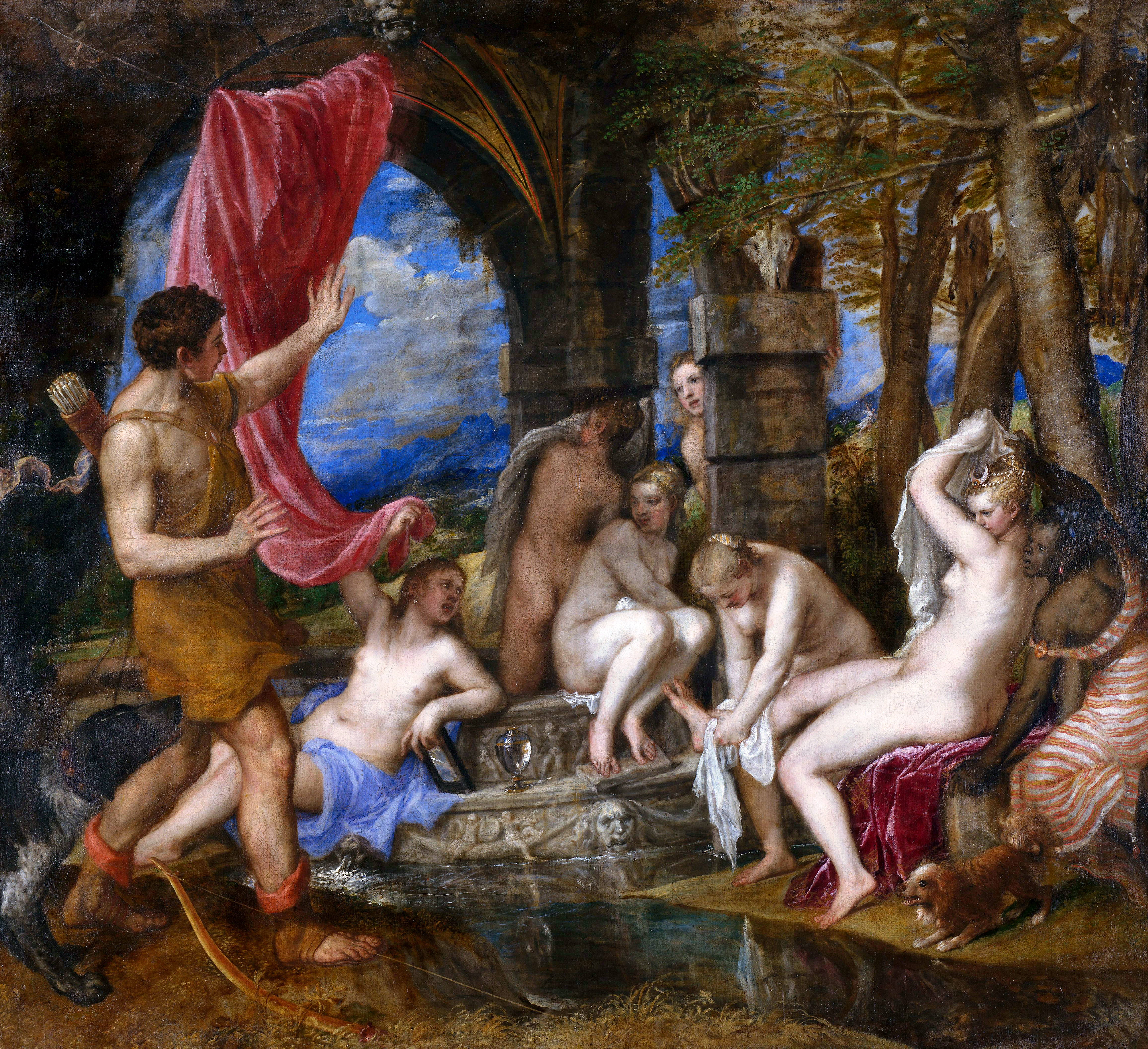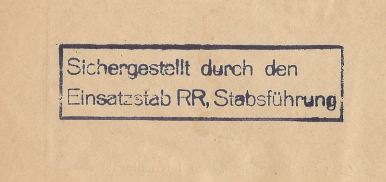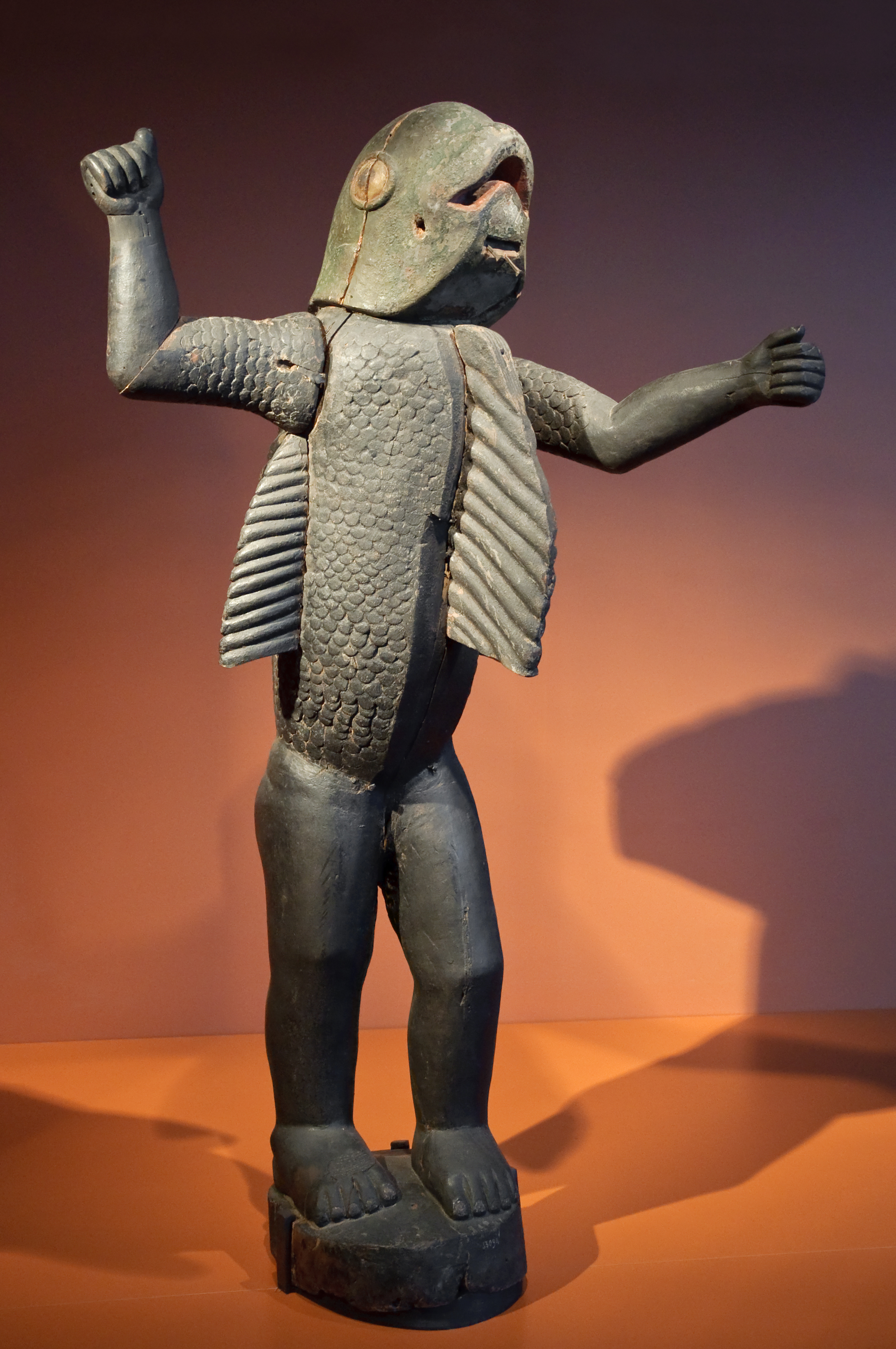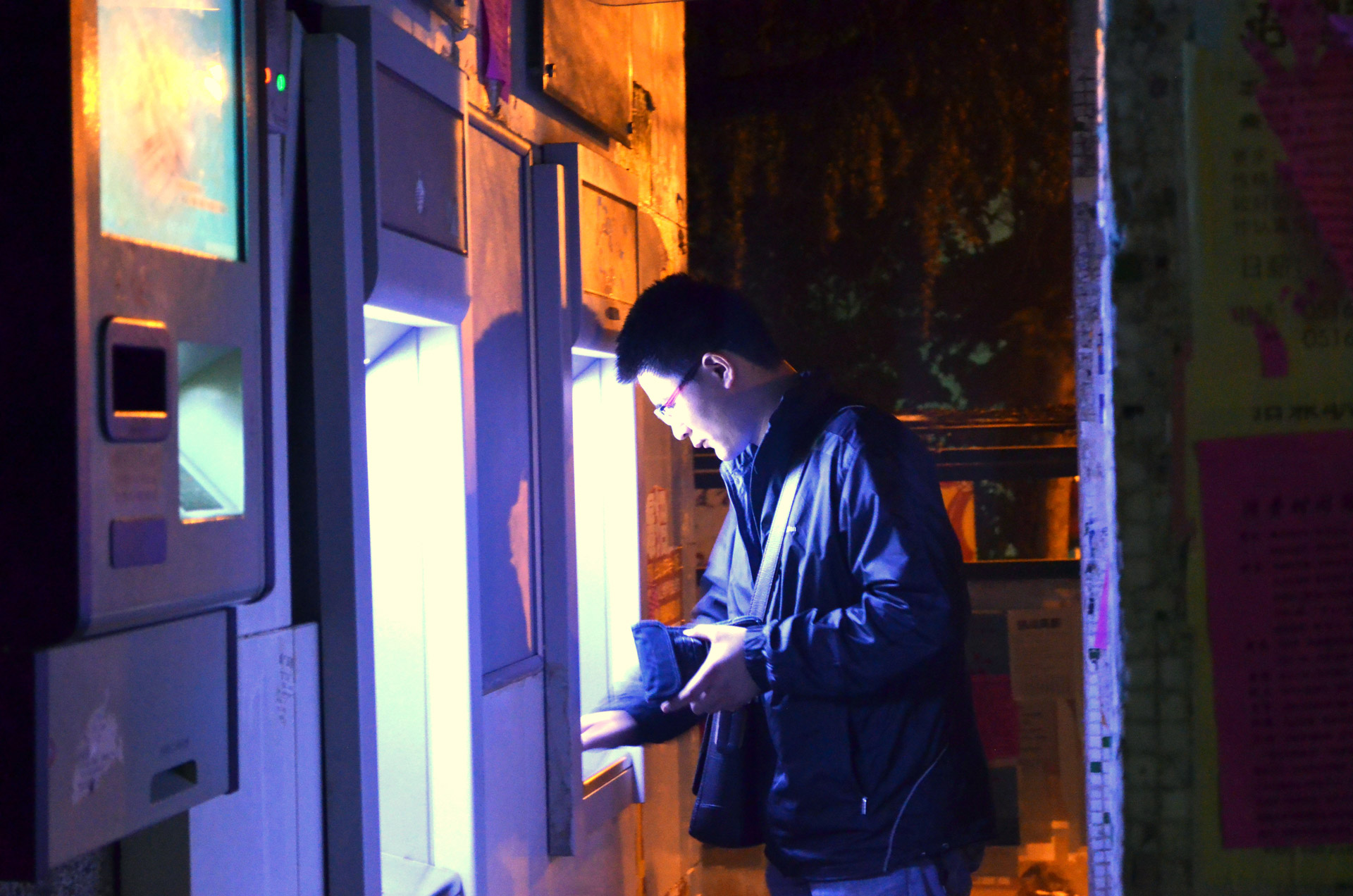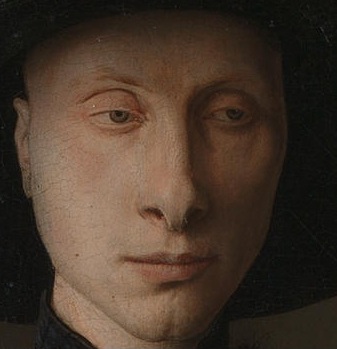|
Provenance
Provenance () is the chronology of the ownership, custody or location of a historical object. The term was originally mostly used in relation to works of art, but is now used in similar senses in a wide range of fields, including archaeology, paleontology, archival science, circular economy, economy, computing, and Scientific method, scientific inquiry in general. The primary purpose of tracing the provenance of an object or entity is normally to provide contextual and circumstantial evidence for its original production or discovery, by establishing, as far as practicable, its later history, especially the sequences of its formal ownership, custody and places of storage. The practice has a particular value in helping Authentication, authenticate objects. Comparative techniques, expert opinions and the results of scientific tests may also be used to these ends, but establishing provenance is essentially a matter of documentation. The term dates to the 1780s in English. Provenance ... [...More Info...] [...Related Items...] OR: [Wikipedia] [Google] [Baidu] |
Archival Science
Archival science, or archival studies, is the study and theory of building and Curator, curating archives, which are collections of documents, Sound recording and reproduction, recordings, photographs and various other materials in physical or digital formats. To build and curate an archive, one must acquire and evaluate the materials, and be able to access them later. To this end, archival science seeks to improve methods for Archival appraisal, appraising, storing, Preservation (library and archival science), preserving, and Archival processing, processing (arranging and describing) collections of materials. An archival record preserves data that is not intended to change. In order to be of value to society, archives must be trustworthy. Therefore, an archivist has a responsibility to authenticate archival materials, such as historical documents, and to ensure their reliability, integrity, and usability. Archival records must be what they claim to be; accurately represent the a ... [...More Info...] [...Related Items...] OR: [Wikipedia] [Google] [Baidu] |
Fake Or Fortune?
''Fake or Fortune?'' is a BBC One documentary television series which examines the provenance and attribution of notable artworks. Since the first series aired in 2011, ''Fake or Fortune?'' has drawn audiences of up to 5 million viewers in the UK, the highest for an arts show in that country. ''Fake or Fortune?'' was created by art dealer and historian Philip Mould, together with producer Simon Shaw. It was inspired by Mould's 2009 book ''Sleuth'', after which the programme was originally to be entitled. It is co-presented by Mould and journalist Fiona Bruce, with specialist research carried out by Bendor Grosvenor during the first five series. Forensic analysis and archival research is carried out by various fine art specialists. Each series first aired on BBC One, except for series 3, which was shown mistakenly on SVT in Sweden before being broadcast in the UK. Format In each episode Philip Mould and Fiona Bruce focus their attention on a painting (or a group of pai ... [...More Info...] [...Related Items...] OR: [Wikipedia] [Google] [Baidu] |
Nazi Plunder
Nazi plunder () was organized stealing of art and other items which occurred as a result of the Art theft and looting during World War II, organized looting of European countries during the time of the Nazi Party in Nazi Germany, Germany. Jewish property was looted beginning in 1933 in Germany and was a key part of the Holocaust. Nazis also plundered occupied countries, sometimes with direct seizures, and sometimes under the guise of protecting art through Kunstschutz units. In addition to gold, silver, and currency, cultural items of great significance were stolen, including paintings, ceramics, books, and religious treasures. Many of the artworks looted by the Nazis were recovered by the Allies of World War II, Allies' Monuments, Fine Arts, and Archives program (MFAA, also known as the Monuments Men and Women), following the war; however many of them are still missing or were returned to countries but not to their original owners. An international effort to identify Nazi plu ... [...More Info...] [...Related Items...] OR: [Wikipedia] [Google] [Baidu] |
Looted Art
Looted art has been a consequence of looting during war, natural disaster and riot for centuries. Looting of art, archaeology and other cultural property may be an opportunistic criminal act or may be a more organized case of Crime, unlawful or unethical pillage by the victor of a conflict. The term "looted art" reflects bias, and whether particular art has been taken legally or illegally is often the subject of conflicting laws and subjective interpretations of governments and people; use of the term "looted art" in reference to a particular art object implies that the art was taken illegally. Related terms include ''art theft'' (the stealing of valuable artifacts, mostly because of commercial reasons), ''illicit antiquities'' (covertly traded antiquities or artifacts of archaeological interest, found in illegal or unregulated excavations), ''provenance'' (the origin or source of a piece of art), and ''art repatriation'' (the process of returning artworks and antiques to their r ... [...More Info...] [...Related Items...] OR: [Wikipedia] [Google] [Baidu] |
Report On The Restitution Of African Cultural Heritage
''The Restitution of African Cultural Heritage. Toward a New Relational Ethics'' (in French: ''Rapport sur la restitution du patrimoine culturel africain. Vers une nouvelle éthique relationnelle'') is a report written by Senegalese academic and writer Felwine Sarr and French art historian Bénédicte Savoy, first published online in November 2018 in a French original version and an authorised English translation. Commissioned by the president of France, Emmanuel Macron, the aim of the report was to assess the history and present state of State-owned enterprise, publicly owned French collections of African artworks originating from Illicit trade, illicit or otherwise disputed acquisitions, as well as claims and a plan for subsequent steps for eventual Repatriation (cultural property), restitutions. More specifically, the report also presents recommendations for the preparation of restitutions, such as international cultural cooperation, provenance research, legal frameworks, and ... [...More Info...] [...Related Items...] OR: [Wikipedia] [Google] [Baidu] |
Art Theft
Art theft, sometimes called art napping, is the stealing of paintings, sculptures, or other forms of visual art from galleries, museums or other public and private locations. Stolen art is often resold or used by criminals as collateral to secure loans. Only a small percentage of stolen art is recovered—an estimated 10%. Many nations operate police squads to investigate art theft and illegal trade in stolen art and antiquities. Some famous art theft cases include the robbery of the ''Mona Lisa'' from the Louvre in 1911 by employee Vincenzo Peruggia. Another was theft of ''The Scream'', stolen from the Munch Museum in 2004, but recovered in 2006. The largest-value art theft occurred at the Isabella Stewart Gardner Museum in Boston, when 13 works, worth a combined $500 million were stolen in 1990. The case remains unsolved. Large-scale art thefts include the Nazi looting of Europe during World War II and the Russian looting of Ukraine during the 2022 Russian invasion of ... [...More Info...] [...Related Items...] OR: [Wikipedia] [Google] [Baidu] |
Royal Museum For Central Africa
The Royal Museum for Central Africa (RMCA) (; ; ), communicating under the name AfricaMuseum since 2018, is an ethnography and natural history museum situated in Tervuren in Flemish Brabant, Belgium, just outside Brussels. It was originally built to showcase King Leopold II's Congo Free State in the International Exposition of 1897. The museum focuses on the Congo, a former Belgian colony. The sphere of interest, however, especially in biological research, extends to the whole Congo Basin, Central Africa, East Africa, and West Africa, attempting to integrate "Africa" as a whole. Intended originally as a colonial museum, from 1960 onwards it has focused more on ethnography and anthropology. Like most museums, it houses a research department in addition to its public exhibit department. Not all research pertains to Africa (e.g. research on the archaeozoology of Sagalassos, Turkey). Some researchers have strong ties with the Royal Belgian Institute of Natural Sciences. In N ... [...More Info...] [...Related Items...] OR: [Wikipedia] [Google] [Baidu] |
Authentication
Authentication (from ''authentikos'', "real, genuine", from αὐθέντης ''authentes'', "author") is the act of proving an Logical assertion, assertion, such as the Digital identity, identity of a computer system user. In contrast with identification, the act of indicating a person or thing's identity, authentication is the process of verifying that identity. Authentication is relevant to multiple fields. In art, antiques, and anthropology, a common problem is verifying that a given artifact was produced by a certain person, or in a certain place (i.e. to assert that it is not counterfeit), or in a given period of history (e.g. by determining the age via carbon dating). In computer science, verifying a user's identity is often required to allow access to confidential data or systems. It might involve validating personal identity documents. In art, antiques and anthropology Authentication can be considered to be of three types: The ''first'' type of authentication is accep ... [...More Info...] [...Related Items...] OR: [Wikipedia] [Google] [Baidu] |
Chain Of Custody
Chain of custody (CoC), in legal contexts, is the chronological documentation or paper trail that records the sequence of custody, control, transfer, analysis, and disposition of materials, including physical or electronic evidence. Of particular importance in criminal cases, the concept is also applied in civil litigation and more broadly in drug testing of athletes and in supply chain management, e.g. to improve the traceability of food products, or to provide assurances that wood products originate from sustainably managed forests. It is often a tedious process that has been required for evidence to be shown legally in court. Now, however, with new portable technology that allows accurate laboratory quality results from the scene of the crime, the chain of custody is often much shorter which means evidence can be processed for court much faster. The term is also sometimes used in the fields of history, art history, and archives as a synonym for provenance (meaning the chron ... [...More Info...] [...Related Items...] OR: [Wikipedia] [Google] [Baidu] |
Archaeology
Archaeology or archeology is the study of human activity through the recovery and analysis of material culture. The archaeological record consists of Artifact (archaeology), artifacts, architecture, biofact (archaeology), biofacts or ecofacts, archaeological site, sites, and cultural landscapes. Archaeology can be considered both a social science and a branch of the humanities. It is usually considered an independent academic discipline, but may also be classified as part of anthropology (in North America – the four-field approach), history or geography. The discipline involves Survey (archaeology), surveying, Archaeological excavation, excavation, and eventually Post excavation, analysis of data collected, to learn more about the past. In broad scope, archaeology relies on cross-disciplinary research. Archaeologists study human prehistory and history, from the development of the first stone tools at Lomekwi in East Africa 3.3 million years ago up until recent decades. A ... [...More Info...] [...Related Items...] OR: [Wikipedia] [Google] [Baidu] |
Art Theft And Looting During World War II
Art theft and looting occurred on a massive scale during World War II. It originated with the policies of the Axis countries, primarily Nazi Germany and Japan, which systematically looted occupied territories. Near the end of the war the Soviet Union, in turn, began looting reclaimed and occupied territories. "The grand scale of looted artwork by the Nazis has resulted in the loss of many pieces being scattered across the world." (Minyard, 2007) History Although the looting of "cultural heritage" of the German people and private collectors was not permitted in the 1945 agreement of Yalta, following the defeat of Germany by the Allied forces the following goods disappeared: three truckloads of precious art, which was listed in a confiscated list by the US forces (in the Merker mine in Thuringia), and one trainload of 20 wagons loaded with artwork and jewels from Hungary (named the " gold train"). According to a 2001 ''Der Spiegel'' article, the artwork is suspected to be in the US ... [...More Info...] [...Related Items...] OR: [Wikipedia] [Google] [Baidu] |
Arnolfini Portrait
''The Arnolfini Portrait'' (or ''The Arnolfini Wedding'', ''The Arnolfini Marriage'', the ''Portrait of Giovanni Arnolfini and his Wife'', or other titles) is an oil painting on oak panel by the Early Netherlandish painter Jan van Eyck, dated 1434 and now in the National Gallery, London. It is a full-length double portrait, believed to depict the Italian merchant Giovanni di Nicolao Arnolfini and his wife, presumably in their residence at the Flemish city of Bruges. It is considered one of the most original and complex paintings in Western art, because of its beauty, complex iconography, geometric orthogonal perspective, and expansion of the picture space with the use of a mirror. According to Ernst Gombrich "in its own way it was as new and revolutionary as Donatello's or Masaccio's work in Italy. A simple corner of the real world had suddenly been fixed on to a panel as if by magic... For the first time in history the artist became the perfect eye-witness in the truest sense ... [...More Info...] [...Related Items...] OR: [Wikipedia] [Google] [Baidu] |
